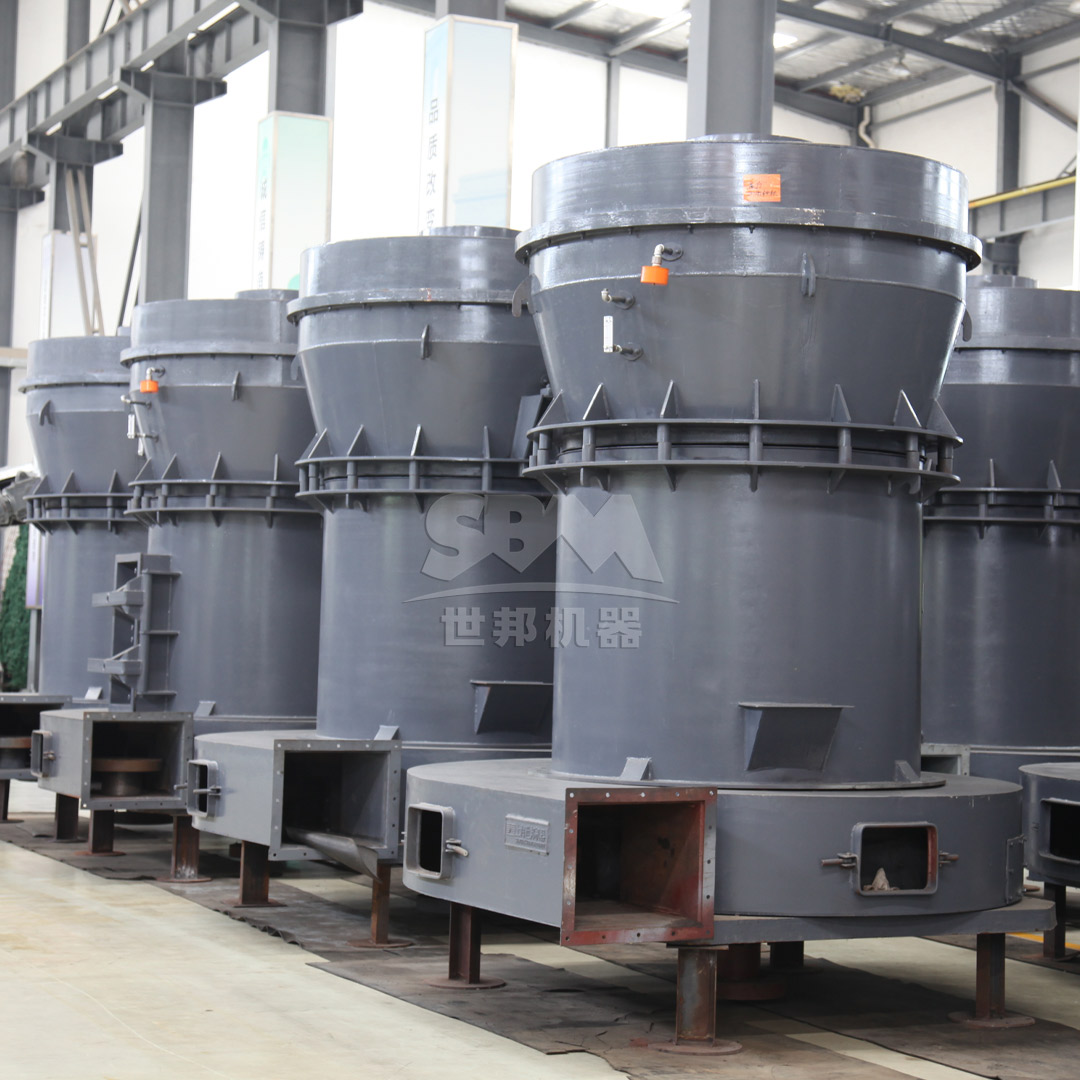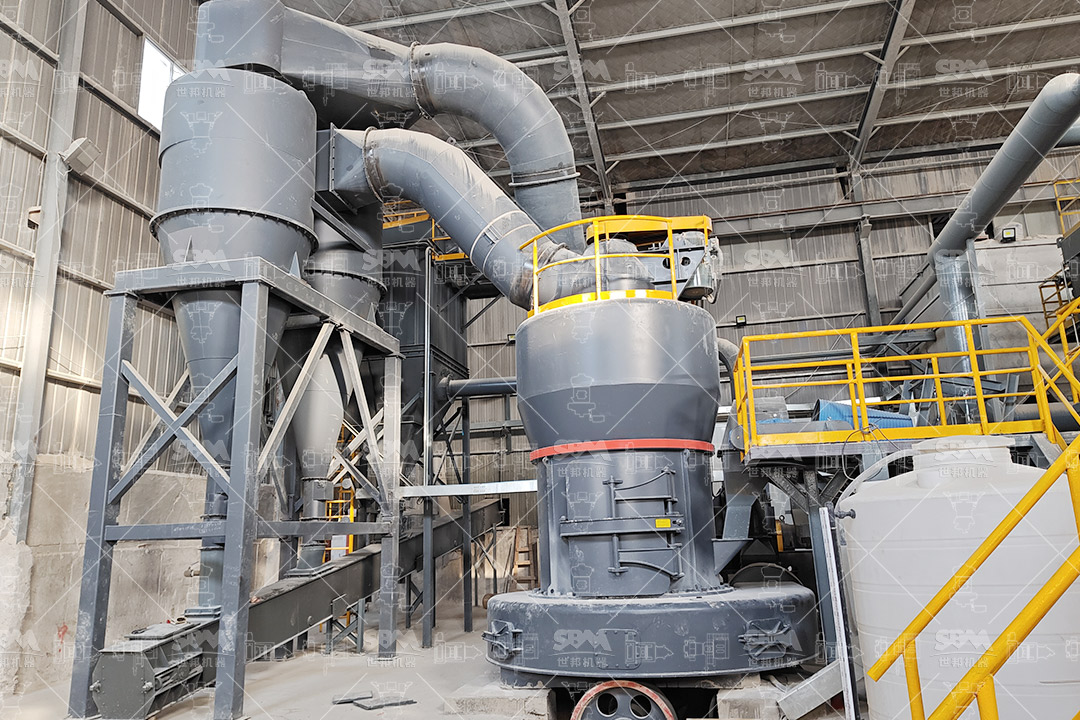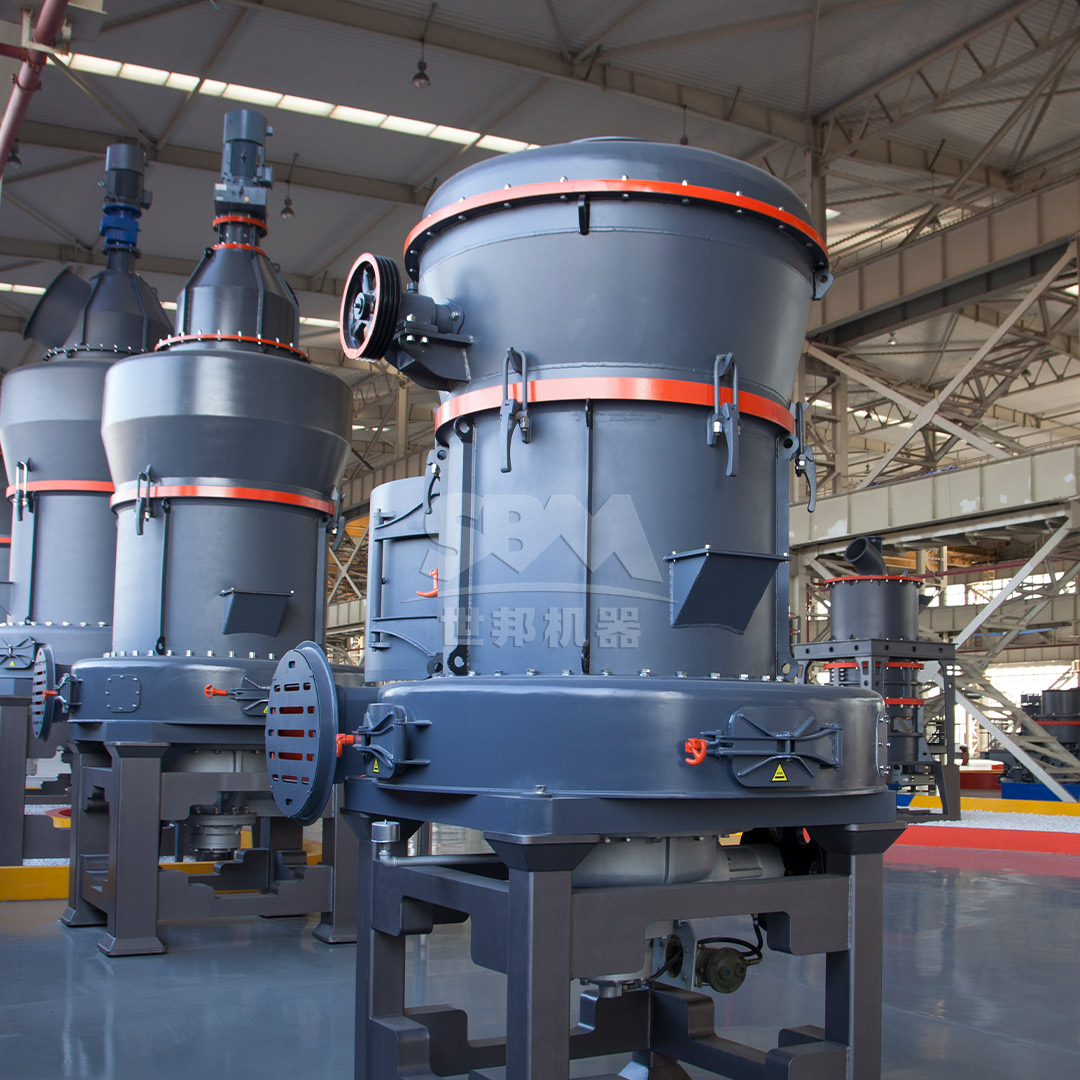Bentonite clay plays a crucial role in modern oil refining processes, particularly in the purification and decolorization of various petroleum products. Its unique swelling properties and high adsorption capacity make it an ideal material for removing impurities, contaminants, and color bodies from lubricating oils, transformer oils, and other petroleum derivatives. The effectiveness of bentonite in these applications is directly influenced by its particle size distribution and surface area, which are determined by the pulverization process. Selecting the appropriate bentonite pulverizer is therefore critical for achieving optimal refining efficiency, product quality, and operational economics.
The transformation of raw bentonite clay into an effective refining agent requires careful consideration of multiple factors, including the specific oil refining application, desired particle characteristics, production capacity requirements, and energy consumption constraints. This comprehensive guide examines the key considerations for choosing the right bentonite pulverizer to maximize efficiency in oil refining operations.
Bentonite’s effectiveness in oil refining stems from its montmorillonite crystal structure, which expands when hydrated and provides extensive surface area for adsorption. The pulverization process must preserve this crystalline structure while achieving the specific particle size distribution required for different refining applications. For most oil refining purposes, bentonite requires pulverization to fine powders ranging from 200 to 1250 mesh (74 to 10 microns), with specific applications demanding even finer particles.
The choice of pulverizer must account for bentonite’s natural moisture content, which typically ranges from 8% to 15%. Equipment capable of handling this moisture without compromising grinding efficiency or causing material buildup is essential. Additionally, bentonite’s abrasive nature necessitates pulverizers with wear-resistant components to maintain consistent performance and minimize maintenance requirements.
| Property | Impact on Pulverization | Optimal Range for Oil Refining |
|---|---|---|
| Moisture Content | Affects grindability, potential for clogging | 8-12% |
| Hardness (Mohs scale) | Determines wear on grinding elements | 1-2 |
| Swelling Capacity | Influences particle separation during grinding | 15-30 mL/2g |
| Cation Exchange Capacity | Relates to activation potential | 70-100 meq/100g |

The required fineness of bentonite powder varies significantly depending on the specific oil refining application. For general purification purposes, particles in the range of 200-400 mesh (74-37 microns) are typically sufficient. However, advanced decolorization processes often require ultra-fine bentonite powders reaching 1250 mesh (10 microns) or finer. The pulverizer must consistently produce the target particle size distribution with minimal oversize or undersize fractions.
Modern oil refineries increasingly demand bentonite powders with tight particle size distributions to ensure predictable performance in fixed-bed filtration systems. Equipment with integrated classification systems that can precisely control the top size of the product is particularly valuable for these applications. The ability to adjust product fineness without equipment modification provides operational flexibility as refining requirements evolve.
Bentonite pulverization systems must be sized according to the refinery’s consumption rates, which can range from a few tons per day for specialty lubricant production to hundreds of tons for large-scale fuel oil treatment. The selected equipment should not only meet current production requirements but also allow for future expansion with minimal disruption.
For refineries with variable bentonite requirements, modular pulverizers that can operate efficiently across a range of capacities offer significant advantages. Systems that maintain energy efficiency at partial loads can substantially reduce operating costs during periods of reduced demand. Additionally, equipment with quick changeover capabilities between different bentonite grades enhances operational flexibility.
Pulverization is an energy-intensive process, often accounting for a significant portion of the total cost of bentonite treatment. The comminution efficiency of different pulverizer types varies considerably, with modern vertical roller mills typically offering 20-40% better energy efficiency compared to traditional ball mills or Raymond mills.
Beyond the primary grinding power, auxiliary systems such as classifiers, dust collectors, and material handling equipment contribute to the overall energy footprint. Integrated systems designed for optimal interaction between components can achieve substantial energy savings. Advanced control systems that automatically adjust operating parameters based on feed material characteristics and product requirements further enhance energy efficiency.

The reliability and maintainability of bentonite pulverizers directly impact refinery operations. Equipment with extended maintenance intervals and quick replacement of wear parts minimizes production downtime. The abrasive nature of bentonite necessitates robust construction with easily replaceable wear components in the grinding zone.
Modern pulverizers with remote monitoring capabilities and predictive maintenance features enable proactive maintenance planning, reducing unplanned shutdowns. Systems with automated lubrication and wear monitoring further enhance operational reliability. The availability of spare parts and technical support should also factor into equipment selection decisions.
Vertical roller mills (VRMs) have become the preferred technology for large-scale bentonite pulverization in oil refining applications. These systems combine grinding, drying, and classification in a single compact unit, offering significant advantages in footprint, energy efficiency, and operational simplicity. The fundamental working principle involves material bed comminution between grinding rollers and a rotating table, which is particularly well-suited for moderately abrasive materials like bentonite.
For oil refineries with substantial bentonite requirements, our LM Series Vertical Roller Mill represents an optimal solution. This advanced pulverizer system features integrated crushing, grinding, and separation functions within a compact footprint, reducing installation space by up to 50% compared to traditional systems. With output fineness adjustable between 30-325 mesh (600-45μm) and capacity ranging from 3-250 tons per hour depending on specific model, the LM Series accommodates virtually any refinery scale.
| Model | Grinding Disc Diameter (mm) | Capacity (t/h) | Main Motor Power (kW) | Output Fineness |
|---|---|---|---|---|
| LM130K | 1300 | 10-28 | 200 | 170-40μm (80-400 mesh) |
| LM150K | 1500 | 13-38 | 280 | 170-40μm (80-400 mesh) |
| LM170K | 1700 | 18-48 | 400 | 170-40μm (80-400 mesh) |
| LM190K | 1900 | 23-68 | 500 | 170-40μm (80-400 mesh) |
| LM220K | 2200 | 36-105 | 800 | 170-45μm (80-325 mesh) |
The LM Series incorporates several proprietary technologies specifically beneficial for bentonite processing, including modular roller assemblies for quick replacement, dynamic separator technology for precise particle size control, and heat circulation systems that optimize energy utilization. The non-contact design between grinding rollers and the disc extends wear part life up to three times compared to conventional systems, while reducing energy consumption by 30-40% relative to ball mill systems.
Certain advanced oil refining processes, particularly those involving high-value lubricants and specialty oils, require bentonite with ultra-fine particle sizes below 10 microns. For these applications, specialized ultra-fine grinding systems capable of producing powders in the 325-2500 mesh range (45-5μm) are necessary. These systems typically incorporate advanced classification technology to achieve the required particle size distribution with minimal energy input.
Our SCM Series Ultrafine Mill represents the cutting edge in bentonite ultrafine processing technology. Specifically engineered for materials requiring precise particle size control in the micron and sub-micron range, this system delivers output fineness from 325 to 2500 mesh (D97 ≤ 5μm) with capacities ranging from 0.5 to 25 tons per hour depending on the model. The vertical turbine classifier ensures precise particle size cuts without coarse powder contamination, producing consistently uniform product quality essential for predictable refining performance.
| Model | Capacity (t/h) | Main Motor Power (kW) | Feed Size (mm) | Output Fineness |
|---|---|---|---|---|
| SCM800 | 0.5-4.5 | 75 | 0-20 | 325-2500 mesh |
| SCM900 | 0.8-6.5 | 90 | 0-20 | 325-2500 mesh |
| SCM1000 | 1.0-8.5 | 132 | 0-20 | 325-2500 mesh |
| SCM1250 | 2.5-14 | 185 | 0-20 | 325-2500 mesh |
| SCM1680 | 5.0-25 | 315 | 0-20 | 325-2500 mesh |
The SCM Series achieves remarkable energy efficiency, delivering twice the capacity of jet mills while reducing energy consumption by 30%. Intelligent control systems with automatic feedback on product particle size ensure consistent quality with minimal operator intervention. Special material roller and ring designs extend service life several times over conventional systems, while the innovative bearing-free screw grinding chamber ensures stable operation. Environmental performance meets the most stringent standards with pulse dust collection efficiency exceeding international requirements and noise levels below 75dB.
For refineries requiring a balance between production capacity, particle size range, and capital investment, trapezium mills offer an attractive solution. These systems provide versatile performance across a wide range of bentonite processing requirements, typically producing powders in the 30-325 mesh (600-45μm) range with capacities from 3 to 45 tons per hour.
Our MTW Series Trapezium Mill incorporates several advanced features specifically designed for bentonite processing, including wear-resistant shovel design with combined blades that reduce maintenance costs, curved air duct optimization that minimizes airflow energy loss, and integrated bevel gear transmission with 98% efficiency. The patented inner oil absorption lubrication system and international advanced pulse dust collection technology ensure reliable, environmentally compliant operation.

Selecting the appropriate bentonite pulverizer extends beyond the grinding equipment itself to include integration with broader refinery operations. The pulverization system must interface seamlessly with bentonite storage, handling, activation (if required), and dosing systems. Compatibility with existing control systems and the ability to provide real-time data on production rates and product quality facilitate efficient refinery management.
Modern pulverizers with programmable logic controller (PLC) systems and communication protocols compatible with distributed control systems (DCS) enable centralized monitoring and control. Automated systems that can adjust operating parameters based on downstream refining requirements optimize overall process efficiency. Additionally, equipment designed for quick product changeover minimizes transition times when switching between different bentonite grades or specifications.
Bentonite pulverization generates significant dust, requiring effective containment and collection systems to protect workers and comply with environmental regulations. Modern pulverizers incorporate comprehensive dust collection systems, typically achieving emission levels below 20 mg/m³. Equipment designed for full negative pressure operation prevents dust escape during normal operation and maintenance.
Noise control represents another important consideration, particularly for refineries located near residential areas. Advanced pulverizers incorporate sound insulation technology to maintain noise levels below 80 dB(A), with ultra-fine grinding systems achieving even lower levels around 75 dB. Safety features such as explosion venting, temperature monitoring, and emergency stop systems further enhance operational safety.
The selection of a bentonite pulverizer should include comprehensive economic analysis considering both capital and operating costs. While advanced systems may command higher initial investment, their superior energy efficiency, reduced maintenance requirements, and higher product quality often deliver compelling returns through lower operating costs and improved refining performance.
Key economic factors to evaluate include energy consumption per ton of product, wear part consumption and replacement costs, maintenance labor requirements, and expected equipment availability. Systems that enable the use of lower-cost raw bentonite through superior processing capability can generate additional savings. The economic impact of consistent product quality on downstream refining efficiency should also be quantified, as variations in bentonite performance can significantly affect oil treatment costs and product quality.
A thorough evaluation of pulverizer options should extend beyond initial purchase price to consider total lifecycle costs. Equipment with higher reliability and longer service intervals typically delivers lower overall costs despite potentially higher initial investment. The ability to maintain performance specifications throughout the equipment life, without progressive efficiency degradation, further enhances long-term value.
Modern pulverizers with modular design facilitate component replacement and technology upgrades, extending equipment life and protecting against obsolescence. Compatibility with future production expansion requirements should also factor into the economic analysis, as modular systems often allow capacity increases with minimal additional investment.
Selecting the right bentonite pulverizer for oil refining applications requires careful consideration of multiple technical, operational, and economic factors. The optimal choice depends on specific refinery requirements including production scale, desired product specifications, space constraints, and environmental considerations. Modern pulverizer technologies offer significant advantages in energy efficiency, product quality control, and operational reliability compared to traditional systems.
For large-scale refining operations, vertical roller mills such as our LM Series provide an excellent balance of capacity, efficiency, and product quality. For applications requiring ultra-fine bentonite powders, specialized systems like the SCM Ultrafine Mill deliver unparalleled performance in the micron and sub-micron range. Regardless of the specific technology selected, partnering with an equipment supplier with extensive experience in bentonite processing and oil refining applications ensures optimal system design and long-term performance.
The right bentonite pulverizer represents not just a processing tool but a strategic asset that enhances overall refining efficiency, product quality, and operational economics. By carefully matching equipment capabilities to specific refining requirements, operators can maximize the value of their bentonite treatment investment while ensuring consistent, reliable performance throughout the equipment lifecycle.